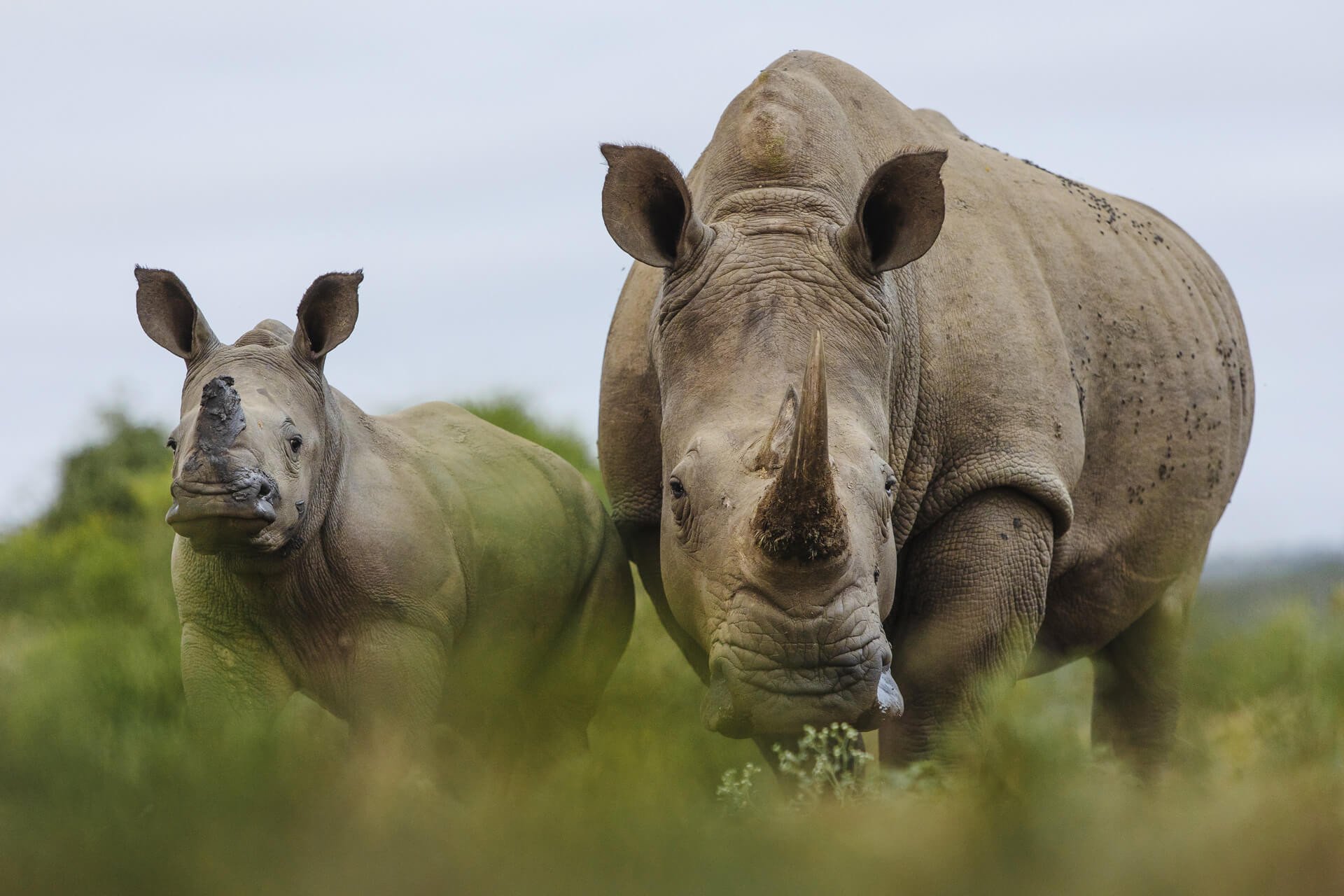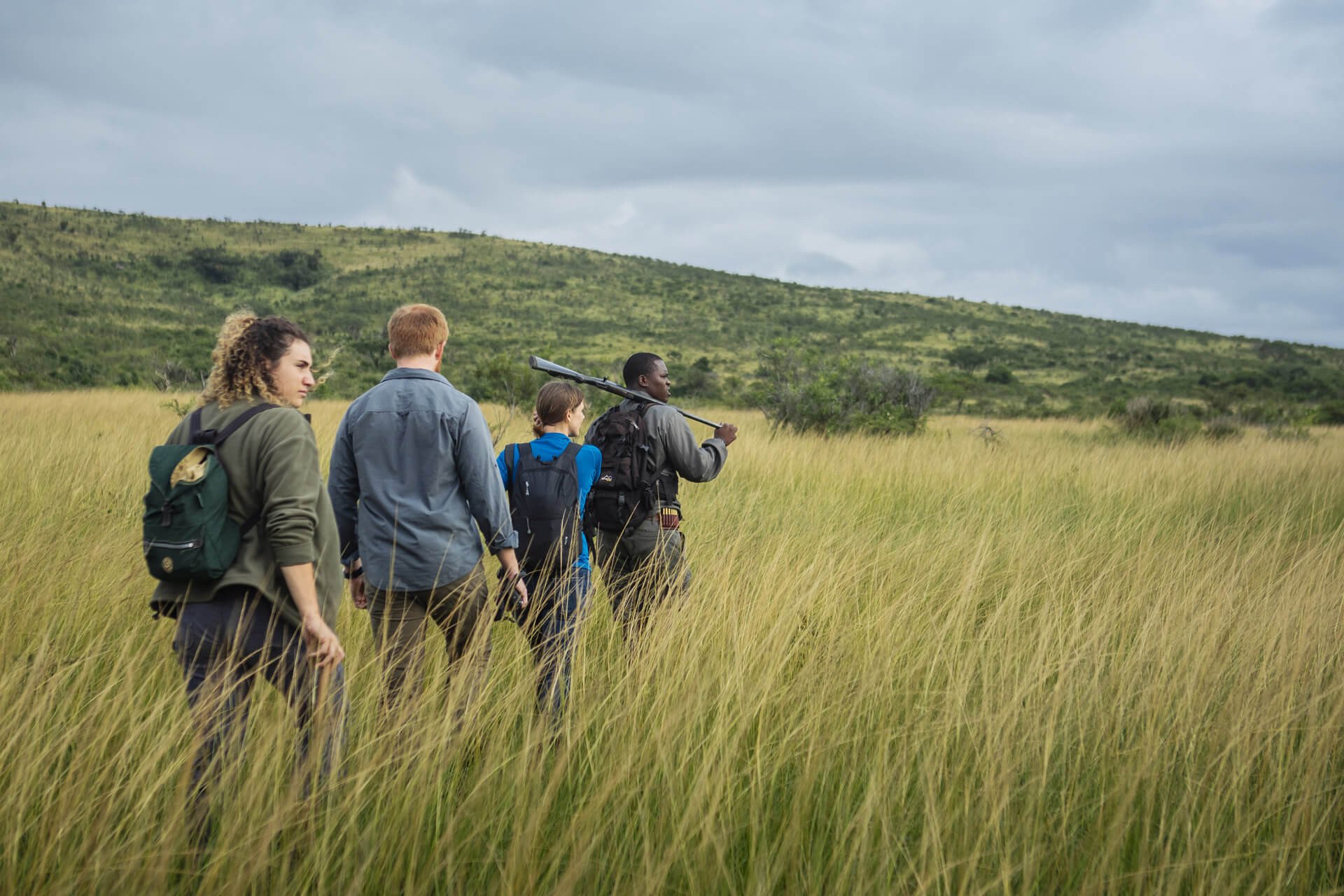blogCaring for the coast
Posted in:Activities | News | The Lodges | Thonga Beach Lodge | Wildlife
Posted on:February 11, 2017
 | ||||||||||||||||||||||||||||||||||||||||||||
iSimangaliso – Caring for the coastThe iSimangaliso Wetland Park World Heritage Site comprises over 220km – almost 9% – of South Africa’s coastline extending from the north-eastern border with Mozambique at Kosi Bay to south of Maphelane. These shores are not only some of the most pristine, wild and undeveloped to be found anywhere, they are also the southernmost nesting grounds for endangered leatherback and loggerhead sea turtles. In its waters some 1200 species of fish are found, including coelacanths, as well as the globe’s southernmost coral reefs. The Park’s estuaries also preserve the most diverse mangrove forests in South Africa. A couple of hundred kilometres of golden shores and some of the world’s highest vegetated dunes characterise the marine section of the iSimangaliso Wetland Park; part of Africa’s first trans-frontier marine protected area with Mozambique. “But along with the vast expanse of shore comes the ugly reality of being a huge repository for much of the world’s garbage,” says iSimangaliso CEO Andrew Zaloumis. Literally tonnes of flotsam and jetsam from outside of the World Heritage Site finds its way onto our beaches every year. This material is not only unsightly, but also particularly dangerous to marine life such as turtles and whales that swallow or get entangled by these, such as floating plastic mistaken for jellyfish or as dangerous micro plastic remnants of broken down pieces. According to studies (see below)* some types of plastic trash can take up to 450 years to decompose and if it breaks down, it turns into smaller and smaller micro plastic beads. It may even end up back on your plate some day when ingested by fish. So protecting and cleaning up our sea and beaches is not only about improving visitor experience, it is also vital for species conservation. Professor Peter Ryan, Director at the Percy FitzPatrick Institute of African Ornithology, tells us that they have sampled macro and meso-plastics on 50 South African beaches every five years since 1984, but only include KZN beaches every second survey, starting in 1994, including two sites in iSimangaliso. We look forward to seeing what these surveys reveal about the increase in waste from the ocean.” Last year a humpback whale washed up dead at iSimangaliso’s Cape Vidal. It was found to have plastic in in its jaw which may have played a role in its demise. The iSimangaliso Authority is the implementer for the Department of Environmental Affairs’ Expanded Public Works Programme, ‘Working for the Coast’, which aims to ensure that the coastal environment is conserved, protected and sustainably enhanced in line with the Integrated Coastal Management Act 28 of 2008. According to the Chief Director of the National Department of Environment’s Environmental Protection and Infrastructure Programmes, Luvuyo Mlilo: “The main vision of Working for the Coast is a healthy and sustainable coastal environment that is equitably maintained and preserved for current and future generations. Categories of projects implemented under this programme include: Improvement of access to and along the coast, cleaning of the coast, maintenance of visitor facilities, removal of illegal and abandoned structures, removal of invasive alien vegetation, rehabilitation of degraded areas – such as dunes and estuaries – and monitoring of compliance.” This project, implemented via iSimangaliso’s contracted ‘cleaning and greening’ company Katanga Property Care, provides permanent employment for 96 previously disadvantaged women and men from neighbouring communities to patrol and clean the coastal zone. Twice a week patrol crews bag all beach litter and transport it away for disposal. In the designated 70km long Wilderness and adjacent sections, this takes place only twice a year as the zone has no public access and the only litter expected there would be that washing up from the sea. However this sea garbage has been seen to be increasing in recent years. As Zaloumis notes, “We can do a massive clean-up and the next day a strong prevailing wind or tide can line the whole coast with rubbish again. It is always going to be a challenge, while those who produce this waste do not take responsibility for it.” As the coast is a dynamic interface between land and sea, all land activities have an impact on the performance of the coastal ecosystem and iSimangaliso is not immune. As such, the department working with entities, municipalities and non-governmental organisations is exploring means and ways to educate not only the coastal but also the inland communities. This advocacy project will be anchored on recycling initiatives (inland based) so as to have less waste coming down the streams. In addition to the permanent employees in the ‘Working for the Coast’ programme, 16 people are employed in the Sodwana Bay section of iSimangaliso as designated beach assistants – identifiable by their branded yellow t-shirts – a complimentary service provided to assist our visitors. In peak holiday season, 28 extra people are employed as beach monitors at popular beach nodes to assist with general safety and awareness and help beach users experiencing difficulties. Encouraging people to dispose of their trash in provided receptacles, particularly in light of the Park’s World Heritage Site status, is an important message to convey. Responsibility for the immediate stretch of beach 1km north and south of tourism lodges in the Coastal Forest section of iSimangaliso is built into the contract with the respective operators. Keeping our coastline as clean as possible, employees in the ‘Working for the Coast’ programme are a familiar sight in their blue t-shirts. At Sodwana Bay, beach assistants dressed in yellow t-shirts are employed by iSimangaliso to help visitors. Louis van Zyl, Manager of iSimangaliso’s contracted cleaning company Katanga Property Care, made a fascinating discovery amongst the beach litter last year. This glass ball had a letter embedded in it indicating that its origin was the Woods Hole Oceanographic Institute in Massachusetts on the east coast of the United States of America. The item had travelled half way around the world in ocean currents – as does much of the litter that washes up on our shores. Other items that have turned up include fridges, storage tanks from ships, shipping buoys, food cartons from the Far East, bottles with foreign writing on them, water bottles and caps, light bulbs, toothbrushes, nylon rope – as well as innumerable ubiquitous single flip flops! Each year in September iSimangaliso and Ezemvelo KZN Wildlife participate in the annual International Coastal Cleanup event, which serves as an opportunity to involve youth and raise awareness. iSimangaliso works with over 120 neighbouring schools annually, engaging in environmental education and coastal awareness activities. Above: Three of the 112 staff permanently employed in iSimangaliso by the national Department of Environment’s ‘Working for the Coast’ programme are from left: Victor Ngubane, Mxolisi Gumede and Qaphelani Mfekayi. Below, they tell us what employment through the programme has meant to them. Victor Ngubane is contracted in the Coastal Forest section to oversee day to day cleaning and transport of bags to the approved waste site. He is also in the Park’s entrepreneurial programme. Speaking excitedly on the phone, he said: “This job has helped me a lot; it has connected me with a lot of people. I have built relationships with people from the Kosi Bay mouth to Sodwana Bay sections of iSimangaliso. On a monthly basis I am able to live and provide for my family. As I am speaking to you now one of my children has started College because of my work, so it’s helping me enormously.” Qaphelani Mfekayi – Supervisor: “For me, ‘Working for the Coast’ has opened opportunities: we can support ourselves, and we put our kids through school. We appreciate the opportunity from iSimangaliso to be part of such a programme. What we would love is more opportunities, in terms of training and learning about the Park, because we see and love that it has the aim of helping the communities around us”. Mxolisi Gumede: “This job has helped me reach my goal of one day building my own house. I am glad that I have started with the building. I also support my family here and there, and I am really happy I am able to do both.”
For Park information, visit www.isimangaliso.com, contact [email protected] or call +27 35 590 1633. Follow us on Twitter, Instagram, Facebook and Youtube, or visit our website at www.isimangaliso.com. Media enquiries should be directed to Bronwyn Coppola+27 83 450 9111 or [email protected]. SIGN UP HERE TO SUBSCRIBE TO THIS NEWSFLASH Newsflash No.: 2017.02.05 | ||||||||||||||||||||||||||||||||||||||||||||
 | ||||||||||||||||||||||||||||||||||||||||||||












